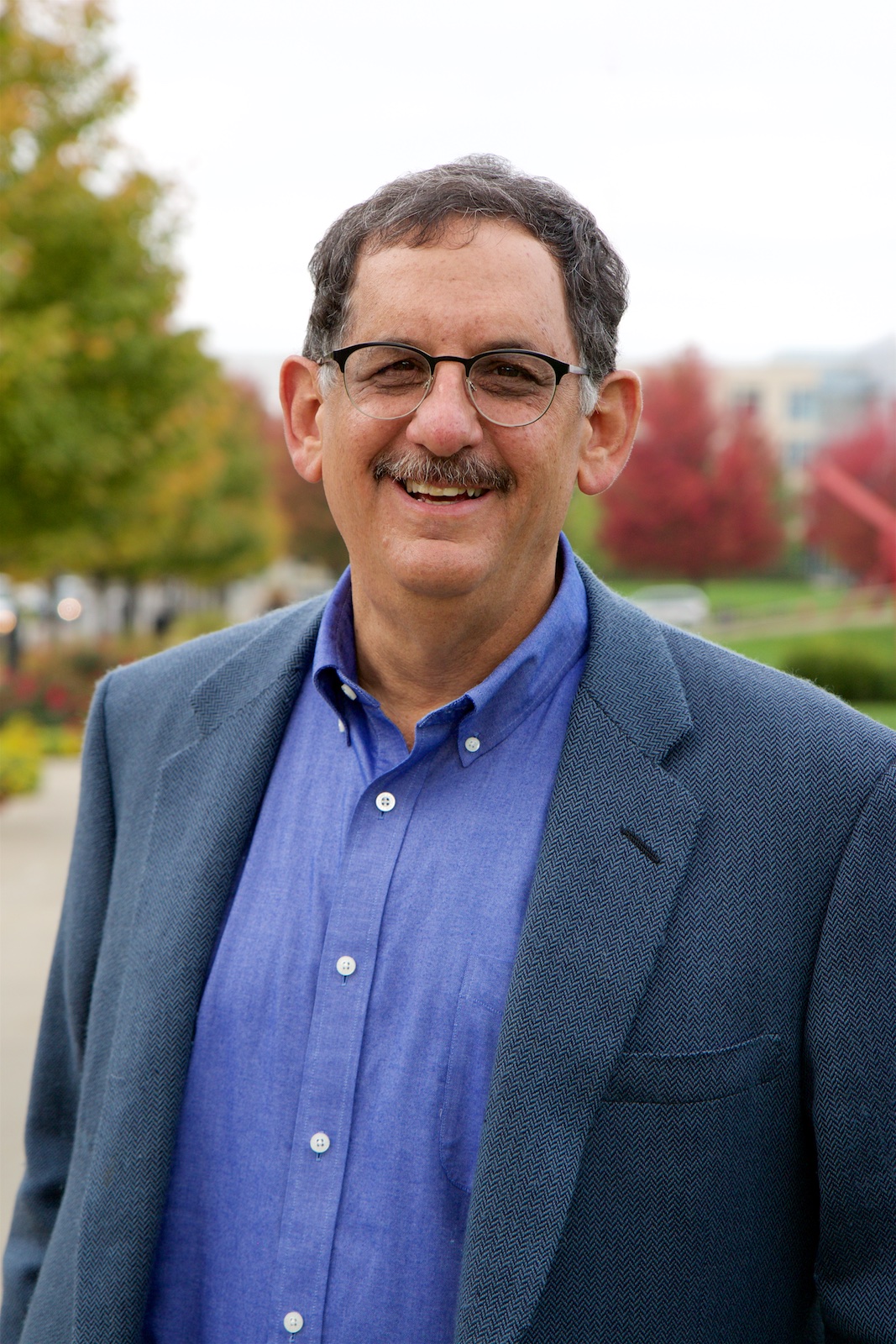
To stand out in today’s world of digital overstimulation, an advertising professor is developing innovative ways to help students create content that will cut through the clutter.
Jay Newell, an associate professor of advertising in the Greenlee School of Journalism and Communication at Iowa State University, has helped create a new “Computational Communication” course that teaches students how to use live, changing data to drive the content of advertising.
“Google has been trying to push agencies to use this type of advertising,” Newell said. “But it’s not widely used yet. We are helping students get ahead of the competition so when they get their first job, they’ll know how to create an ad that uses data.”
Newell and two other College of Liberal Arts and Sciences faculty – Sherry Berghefer, a lecturer in journalism and mass communication, and Wallapak (Pak) Tavanapong, professor of computer science – co-teach the class, which is set up to run like a small agency.
In the first class (the course was launched in Spring 2015), small teams of students were tasked with designing digital billboard ads for Clear Channel Outdoor that would encourage bar-hoppers to use the car service, Uber.
The Uber ads, which were displayed in the Court Avenue District in downtown Des Moines, Iowa, changed with real-time data. Depending on the time, how close it was to closing time, the weather, and how many Uber drivers were available at that moment, the ads displayed the current cost of a car ride home. Prices changed by the minute – or faster.
“That sort of innovation is very important,” Newell said. “As far as we know, we are the first school or university to even go near this stuff. Some advertising programs are using data to figure out who the best target for their ad is, but as far as taking that data and putting it into creative, we’ve looked and we’re it.”
Building strengths, learning new skills
One of the goals of the class is to help students in each major (the class is made up of advertising, computer science and design students) articulate each part of the creative process. Just as each employee at an ad agency understands the basics behind each advertisement, each student in the Computational Communication course can confidently talk about each building block of the ad – even if it isn’t their area of expertise. Computer science students can talk about the design, advertising students can talk about the code, and design students can talk about the strategy behind each ad.
“What’s really interesting is we expected to see each group of students silo back into their comfort zone,” Newell said. “But after just two weeks, we couldn’t tell the difference between a student who was an artist and a student who was a computer science engineer. They could all pick up on each other’s roles.”
Since the class was inspired by Google, Newell contacted the technology giant to tell them what the students were creating. At the end of the semester, Google’s advertising representatives reviewed the students’ work and gave a live critique from their New York hub via a Google Hangout. The comments were resoundingly positive.
“That was about as cool of a thing as you could ever ask for,” Newell said.
The Computational Communication course will be taught again in the spring of 2016 to advertising, computer science and design students. Most likely, consumers will once again enjoy the benefits of the data-driven advertising the class will produce.
Jay Newell has combined award-winning teaching with real-world guidance since he joined the Greenlee faculty in 2003. Before leaving a 20-year career in the network cable television industry to earn a Ph.D. in mass media, he had earned national awards for excellence in marketing, cable communications, radio and more. He helped launch Nickelodeon and CNN International, and created marketing and promotion campaigns for HBO, Lifetime and TNT.
His innovative teaching style has earned him accolades from ISU and LAS. His courses and curriculum are rigorous and engaging while being grounded in applicable information related to advertising. The techniques he has developed as a teacher have been promoted by the American Academy of Advertising and are adopted throughout the advertising education community.